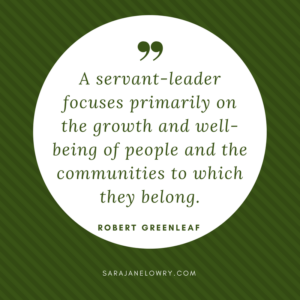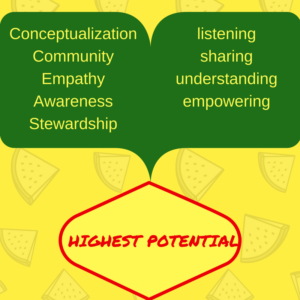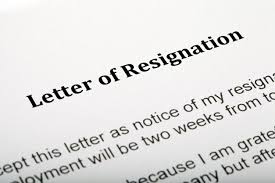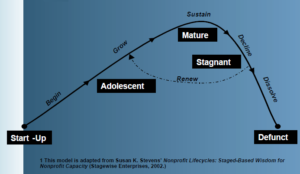How does mindfulness benefit my business?
Mindfulness benefits business but only if you use it. If you’re a start-up company, a freelancer, a small business, or a nonprofit, you are stressed – about money. Stressed thinking does not lead to good decisions, more sales, or improved relationships. It damages our health. In our agitation, we often focus on small things we can control, rather than bold moves. We try to manage the details of what we are already doing rather than calmly analyzing what’s going well and what’s failing. We are unable to come up with creative solutions.
And what is failure anyway? Failure is part of critical growth. Did you see a child give up walking after falling down? Of course not. You see them learn to hold onto things, to take shorter walks, and to fall down but get up again. There are dozens of studies on how mindfulness practices can improve our stress levels, and our sleep. Stress can also have a huge impact on our creativity and decision-making.
Success is not final, failure is not fatal: it is the courage to continue that counts.
– Winston Churchill
Creative paralysis is fear of failure
We procrastinate in making hard decisions, and holding the hard conversations we dread. It’s as if avoiding things will make it get better. Mindfulness benefits include converting our fear of failure to action. One of the most frequent sources of creative paralysis is fear of failure. It’s nonaction that keeps us stuck doing the same thing over and over with no improvement rather than risk ‘failure.’
So, back to mindfulness and what benefits it brings to my business. Mindfulness does 4 important things for business leaders: it brings focus, clarity, creativity, and compassion (for yourself, and others) back into your field of awareness. I recently was working with a nonprofit executive. She was simply unable to see how her reluctance to create an earned revenue program was keeping her tied to fickle foundation funding. When we began to explore her beliefs around money using mindfulness, she began to let herself explore new opportunities. Mindfulness benefits for her were connecting again with skills in leadership that she could use in this new endeavor. And, happily she was able to gain foundation dollars to support the launch.
Mindfulness benefits: is it really as simple as breathing?
Breathing is where you begin to focus your attention. And the breathing that is part of mindfulness work is where you start to get some distance from the pressure of current issues. It’s where you start to tune into what your body is feeling, and the emotional surges that upset your day. Mindfulness is a practice which means you might try to do it every day, or even several times a day. You do it because the practice bears fruit within days of keeping at it. You can read more about the steps to mindfulness here. Or find a more in-depth blog post by John Parrot called The Art of Mindfulness: Why it Matters to get a full look at the benefits of mindfulness.

When you go to the beach, you breathe in the salt air, you feel the warm sun on your lips, and the wind across your shoulders. You notice the ocean, the sky, the sand as you gaze at the ocean waves coming in and out. You often find you’re not thinking about much of anything. And, you can probably see mindfulness benefits easily in this scenario.
Now imagine having a moment like that in your day where instead of waves, you see those things you believe to be failures, or irritating people, or worrisome sales numbers also floating in and out with the breath. Can you be a witness and observer and look at it on all sides? In a place of detachment, can you step back and let it just be without assigning pejoratives, and see what isn’t working?
Shifting beliefs
Mindful benefits your ability to face what scares you. It is possible to see how your beliefs and thoughts can be transformed to ones of confidence, to courage, to a creative solution as we see how to shift our usual patterns by becoming more aware of them. And, your mind can become a bridge from the problem to the answer.


 Mindfulness is for everyone, especially leaders
Mindfulness is for everyone, especially leaders
 leadership one can choose in our world today. Certain types
leadership one can choose in our world today. Certain types  As a servant leader, you express care and concern for staff and board members. You show empathy for their challenges
As a servant leader, you express care and concern for staff and board members. You show empathy for their challenges


 wise choice as they are in the midst of strategic planning. An experienced interim director keeps all the balls in the air. The right interim will be able to add some new networks and processes to the organization.
wise choice as they are in the midst of strategic planning. An experienced interim director keeps all the balls in the air. The right interim will be able to add some new networks and processes to the organization.


